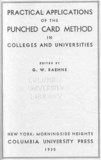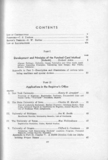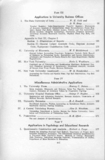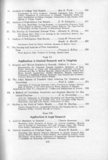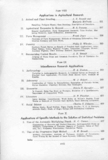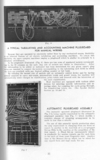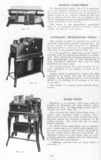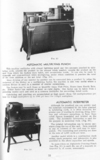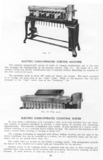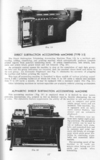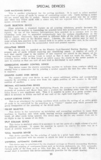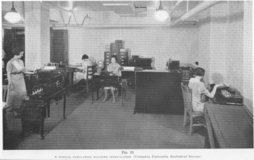The Baehne Book
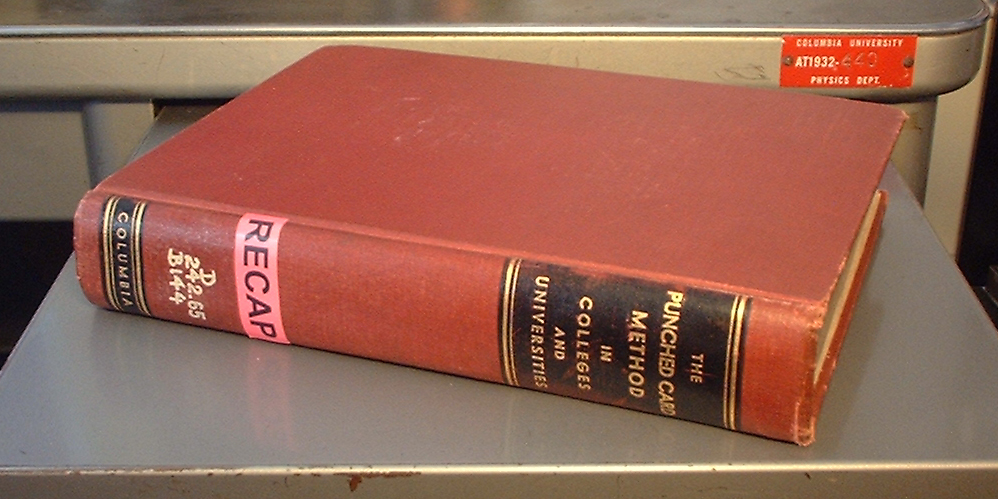
Here are scans of the title page and the table of contents (click on first thumbnail to enter gallery):
Plates (click on first thumbnail to enter gallery):
The book's articles are collected into the following groups, with contributing institutions listed (see the scanned contents for greater detail):
- Applications for the Registrar's Office:
- NYU, Iowa State, U of Michigan, U of Texas, U of Oregon.
- Applications in University Business Offices:
- Iowa State, U of Minnesota, NYU. Payroll, tuition and fees,
student loans, inventory, ledgers.
- Miscellaneous Administrative Applications:
- The University Press (U of Chicago), University Hospital Business
Office (U of Michigan), University Extension (Lasalle U), A Central
Tabulating Bureau (U of Michigan), Fraternities (U of Pittsburgh).
- Applications in Psychology and Educational Research
- Ohio State, Columbia, Iowa State, Stanford, Harvard.
- Applications in Medical Research and in Hospitals
- U of Minnesota, U of Chicago, U of Wisconsin, Harvard
- Applications in Legal Research
- Yale, U of California
- Applications in Agricultural Research
- Iowa State, Cornell, U of Tennessee, USDA
- Miscellaneous Research Applications
- Harvard, Columbia, Brooklyn College, U of Illinois, Fisk U.
Plus tutorials in the use the Automatic Multiplying Punch (U of Michigan) and the Progressive Digit Method (Iowa State).
Columbia Astronomy Professor Wallace Eckert's
article, Astronomy (pp.389-396), is the only one that pushes
the machines beyond the simple tabulation and bookkeeping they were designed
for, and the only article showing any evidence of higher math¹. In fairness,
machines that performed multiplication or division were not yet generally
available;
Eckert, however, had an IBM 601 Multiplying Punch, and
a souped-up one at that. Eckert summarizes the earlier work of L.J. Comrie at the British Nautical Almanac Office on
"earlier machines" and goes on describe the work in progress at his own lab at
Columbia, using "more modern equipment" including an
"auxilliary switch box
for automatically changing the wiring".
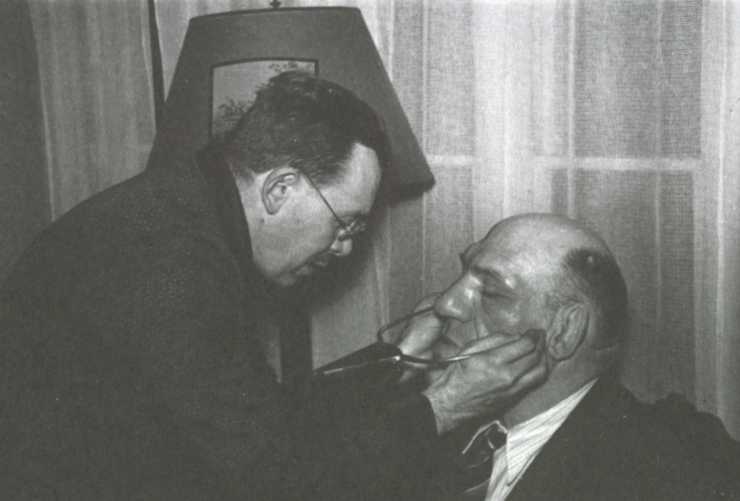
_______________
| 1. | One other article, by H.C. Carter of the U of Michigan, describes the use of a multiplying punch to accumulate sums of products and squares. |
| 2. | I believe it is the wrestler Tor Johnsson, "The Swedish Angel", who, coincidentally was managed for a time by a rakish ne'er-do-well Russian emigre named Mischa who was courting my grandmother when I was a kid... |
